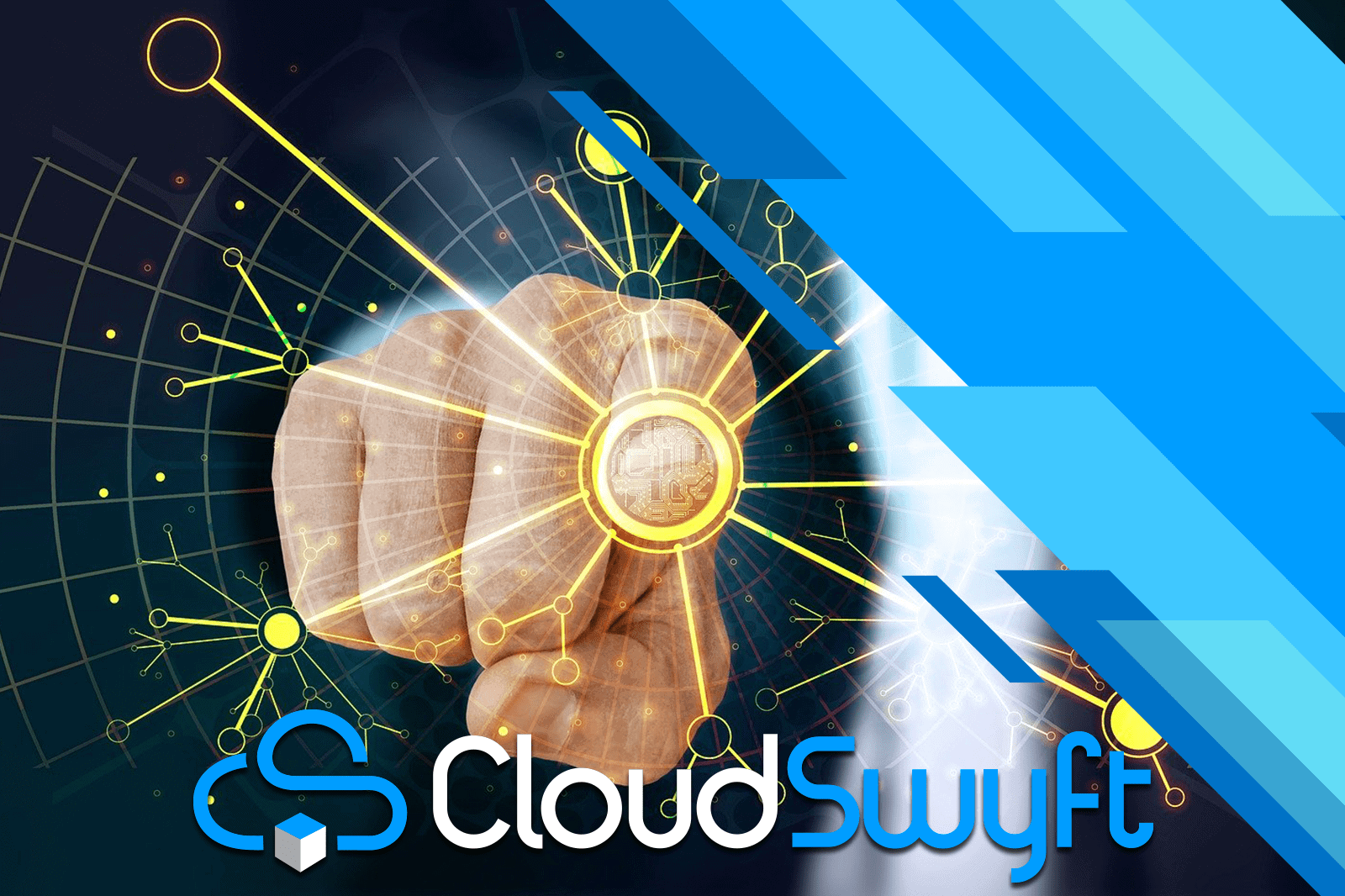About this course
Machine learning uses computers to run predictive models that learn from existing data to forecast future
behaviors, outcomes, and trends. Deep learning is a sub-field of machine learning, where models inspired by how
our brain works are expressed mathematically, and the parameters defining the mathematical models, which can be
in the order of few thousands to 100+ million, are learned automatically from the data.
Deep learning is a key enabler of AI powered technologies being developed across the globe. In this deep
learning course, you will learn an intuitive approach to building complex models that help machines solve
real-world problems with human-like intelligence. The intuitive approaches will be translated into working code
with practical problems and hands-on experience. You will learn how to build and derive insights from these
models using Python Jupyter notebooks running on your local Windows or Linux machine, or on a virtual machine
running on Azure. Alternatively, you can leverage the Microsoft Azure Notebooks platform for free.
This course provides the level of detail needed to enable engineers / data scientists / technology managers to
develop an intuitive understanding of the key concepts behind this game changing technology. At the same time,
you will learn simple yet powerful "motifs" that can be used with lego-like flexibility to build an end-to-end
deep learning model. You will learn how to use the Microsoft Cognitive Toolkit — previously known as CNTK — to
harness the intelligence within massive datasets through deep learning with uncompromised scaling, speed, and
accuracy.
Meet the instructors
Jonathan Sanito
Senior Content Developer
Microsoft
Jonathan works as a content developer and project manager for Microsoft focusing in Data and Analytics
online training. He has worked with trainings for developer and IT pro audiences, from Microsoft Dynamics
NAV to Windows Active Directory.
Before coming to Microsoft, Jonathan worked as a consultant for a Microsoft partner, implementing Microsoft
Dynamics NAV solutions.
Sayan Pathak
Principal ML Scientist and AI School Instructor, CNTK team
Microsoft
Sayan is a Principal Engineer and Machine Learning Scientist in CNTK team at Microsoft. He has published and
commercialized cutting edge computer vision and machine learning technology to big data problems applied to
medical imaging, neuroscience, computational advertising and social network domains. Prior to joining
Microsoft, he worked at Allen Institute for Brain Science. He has been a consultant to several startups and
principal investigator on several US National Institutes of Health (NIH) grants. He is a faculty at the
University of Washington for 15 years and is Affiliate Professor in CSE at the Indian Institute of
Technology, Kharagpur, India for over 4 years. He has taught several courses (namely Image Computing
Systems, Information Retrieval, Social Networks, Machine Learning) at the undergraduate and graduate level.
He has served in committees of several doctoral and masters students.
Roland Fernandez
Senior Researcher and AI School Instructor, Deep Learning Technology Center
Microsoft Research AI
Roland works as a researcher and AI School instructor in the Deep Learning Technology Center of Microsoft
Research AI. His interests include reinforcement learning, autonomous multitask learning, symbolic
representation, AI education, information visualization, and HCI. Before coming to the DLTC, Roland worked
in the VIBE group of MSR doing visualization and HCI projects, most notably the SandDance project. Before
MSR, Roland worked (at Microsoft and other companies) in the areas of Natural User Interfaces, Activity
Based Computing, Advanced Prototyping, Programmer Tools, Operating Systems, and Databases.




